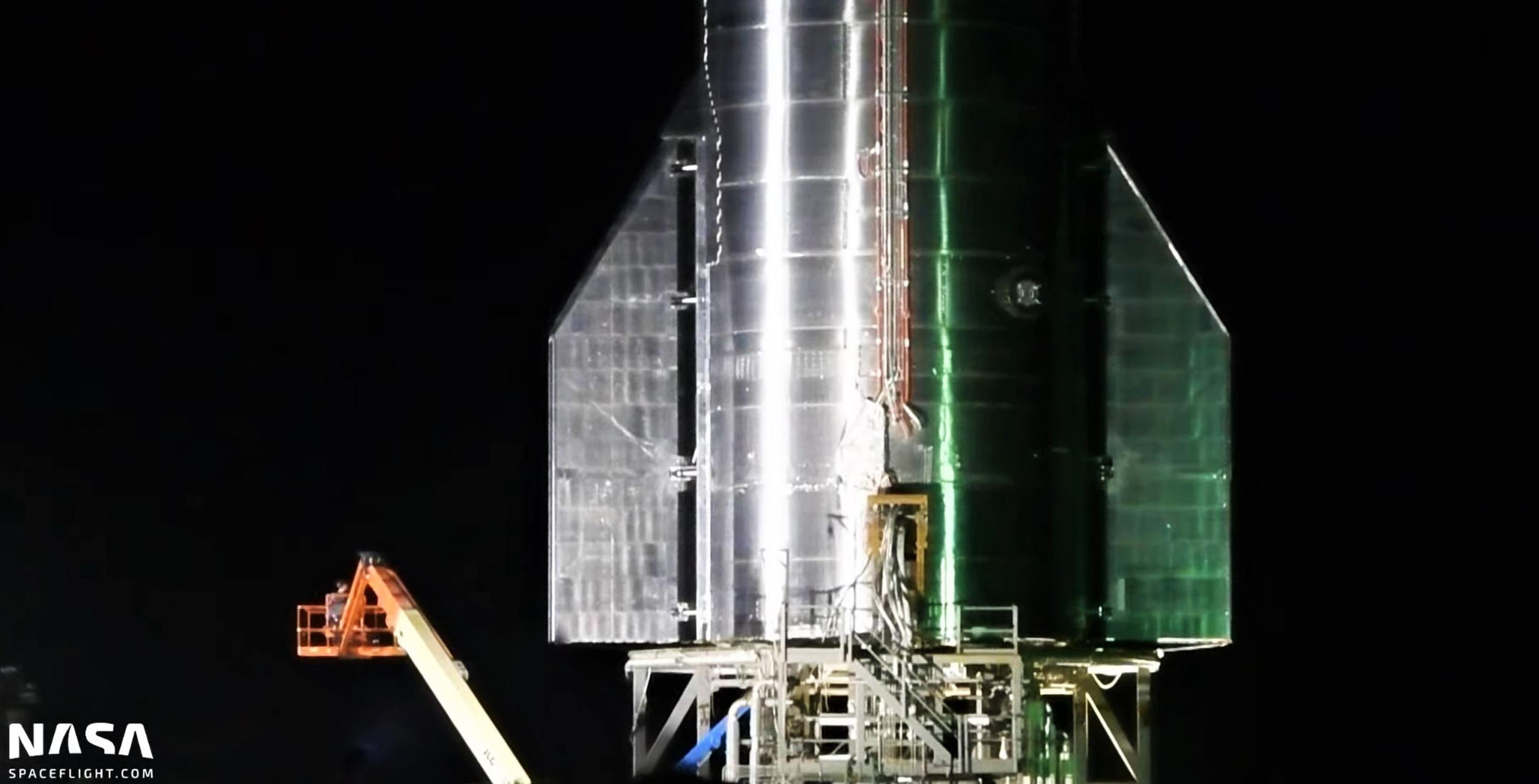

News
SpaceX’s first orbital-class Starship stretches ‘wings’ ahead of Raptor installation
SpaceX’s first orbital-class Starship prototype was spotted stretching its ‘wings’ on Sunday after completing a successful cryogenic proof test late last week.
While minor relative to almost any other testing milestone, the small step still serves as a reminder that the end goal of Ship 20’s test campaign is a launch on Super Heavy to orbital altitudes and velocities. If that launch goes more or less according to plan, Starship will then attempt to survive an orbital-class reentry for the first time, subjecting it to extreme heat and putting its many thousands of heat shield tiles through their most daunting challenge yet. Dozens of things could (and probably will) go wrong, while almost every system aboard must work perfectly to ensure that Starship makes it through reentry in one piece.
And even if all of that occurs as planned with no major issues, those same systems will still need to hold on for several more minutes to perform a freefall, engine reignition, flip, and landing maneuver that only two other Starship prototypes have completed. As it so happens, one of those crucial systems is Starship’s flaps.
Outfitted with actuators powered by Tesla Model 3/Y motors and a pair of Model S batteries, Starship’s four large ‘flaps’ are only capable of simple flapping motions. While they may look the part, Starship flaps aren’t wings and are specifically designed not to produce lift. Instead, in support of Starship’s unusual descent profile, they act more like the hands and legs of a skydiver (particularly one in a wingsuit), allowing ships to control their pitch, attitude, and roll while freefalling belly-down to the ground. In theory, that allows Starship to gain practically all of the benefit of a structural wing like that on the Space Shuttle but for a far lower mass penalty.
Instead of elegantly slowing down with wings, Starship uses its flaps to create as much drag as possible during descent, slowing down to a terminal velocity around 100 m/s (~225 mph) or less. Using a freefall trajectory and flaps incapable of generating lift does likely come at the cost of “crossrange performance,” referring to how far Starship can travel horizontally in Earth’s atmosphere after reentry. However, significant crossrange performance is almost entirely irrelevant outside of Cold War paranoia like the kind that NASA let influence the Shuttle’s design to an ultimately catastrophic degree. Landing vertically also precludes the need for exceptionally long, expensive runways like those the Shuttle needed.
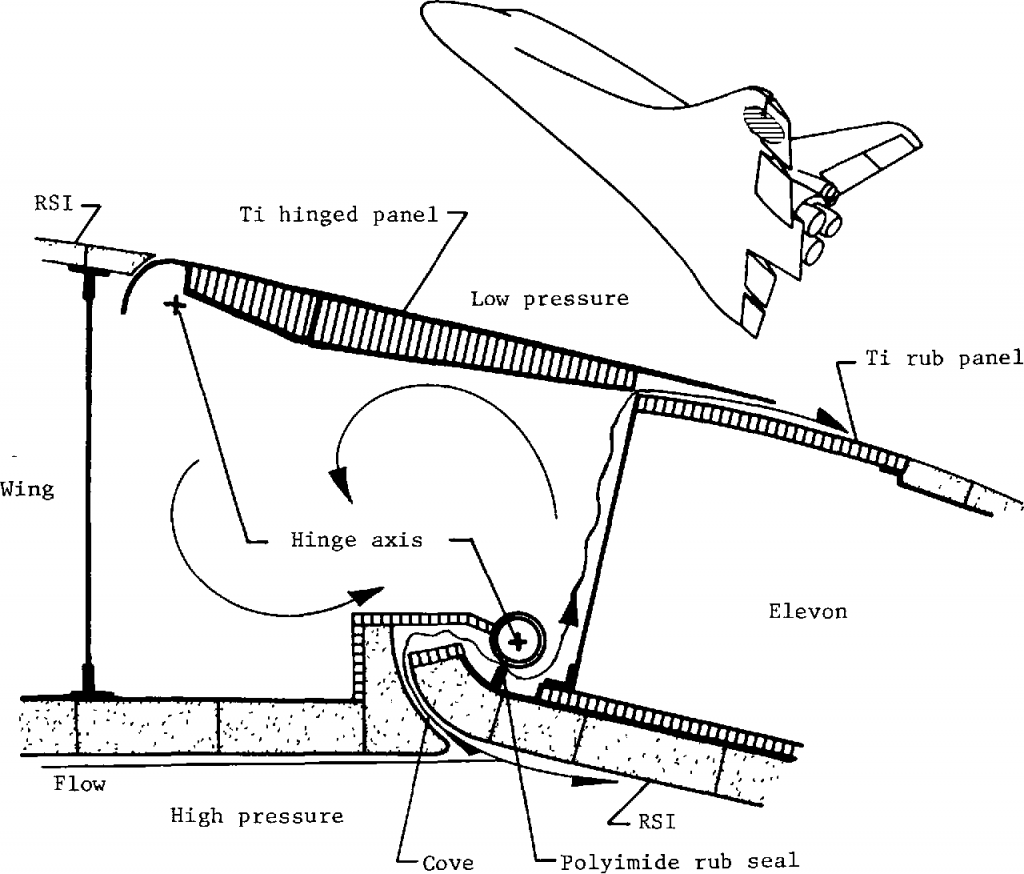
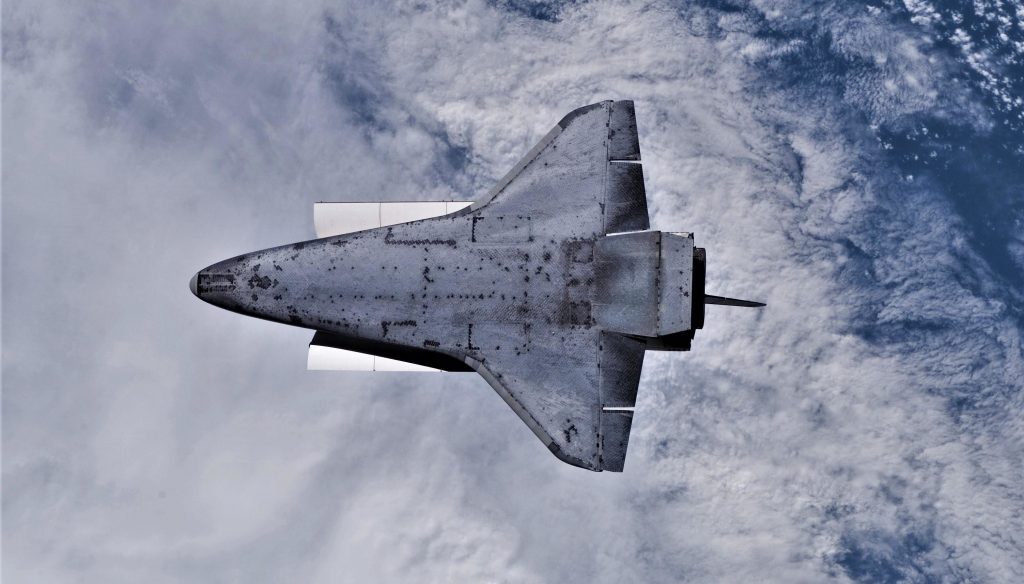
Aside from allowing it to navigate to a small vertical landing pad (or massive ‘Mechazilla’ catch tower), Starship’s flaps are also important for controlling vehicle orientation and heading during reentry itself. To fill that role, those flaps will have to be able to actuate across their full range of motion during reentry, as Starship’s hypersonic assault against the thin upper atmosphere creates a flood of superheated plasma that wants nothing more to find the gaps in its heat shield. Shuttle engineers had to deal with the same issue, ultimately designing complex seals that would allow the vehicle’s wing and body flaps to actuate during reentry without allowing superheated plasma to leak inside and damage their fragile mechanisms or structure.
Although Starship does have the benefit of relying on steel – not aluminum – for almost all of its structures, it still has to grapple with the same challenges of shielding sensitive electronics, actuators, motors, and more from the reentry onslaught that its heat shield and steel structure are designed to survive.
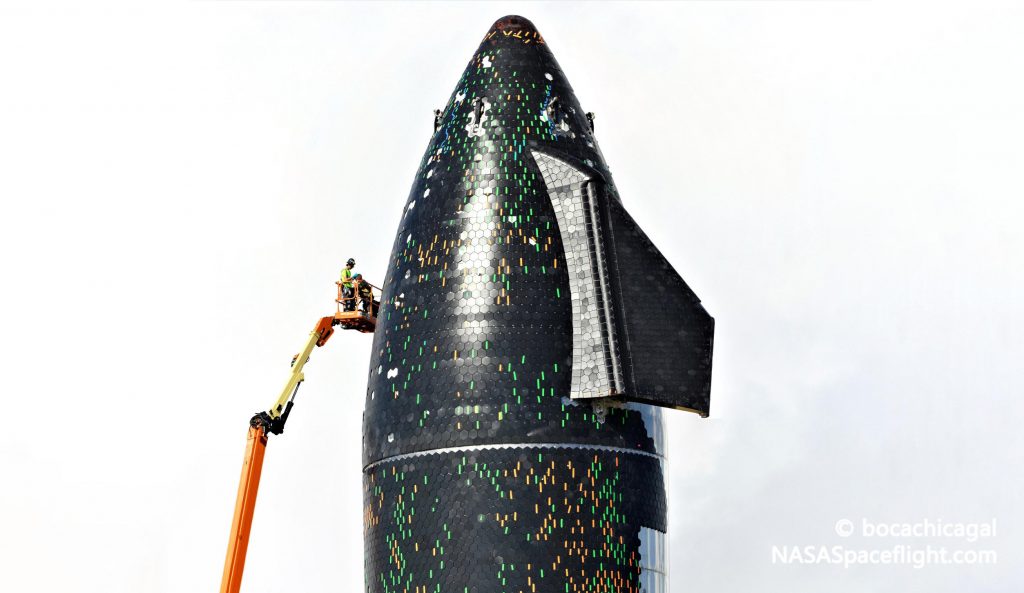
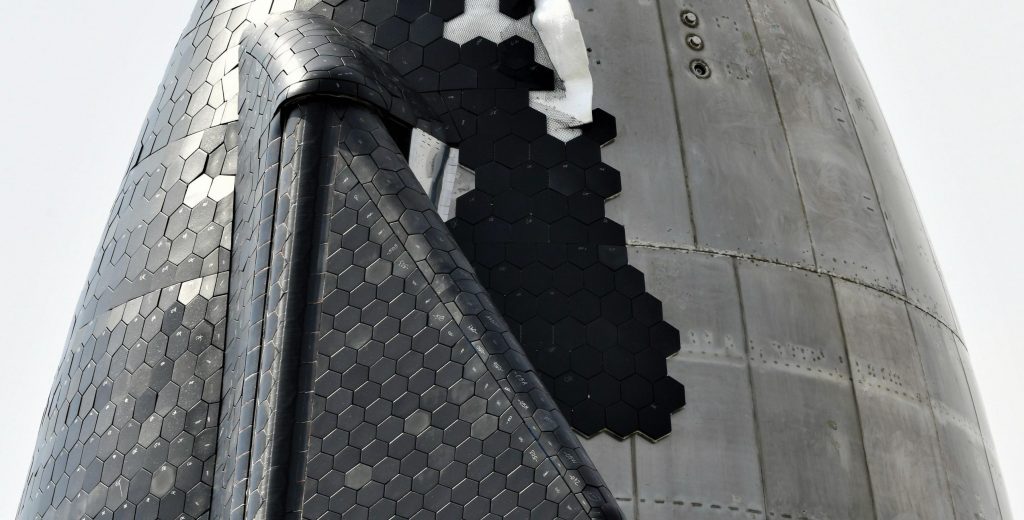
Half-covered in heat shield tiles, it’s not clear how SpaceX plans to seal off the more sensitive, exposed components of each flap’s actuation mechanism – including motors, cabling, and the hinge itself. Based on what’s visible, Starship’s flaps and the cradle-like ‘aerosurfaces’ they slot into do have very tight tolerances and may rely on some felt-like ceramic wool or TPS blanket to seal the tiny remaining gaps. With small enough gaps, a hypersonic airstream can behave as if there are no gaps at all, suggesting that that might be SpaceX’s preferred approach to sealing Starship flaps.
Up next on Starship S20’s path to launch is the reinstallation of 3-6 Raptor engines (for the third time) ahead of a crucial static fire test campaign that could begin as early as Thursday, October 7th. Likely beginning with 1-3 Raptors, SpaceX will perform an unknown number of static fire tests, ultimately culminating in the first ignition of 4, 5, and 6 engines on any Starship prototype. If all goes well, that testing will also mark the first time Raptor Vacuum has been ignited on a Starship prototype and the first time SpaceX has ignited multiple Raptor variants (sea level and vacuum, in this case) on the same vehicle. Stay tuned for updates on engine installation.
News
SpaceX’s Crew-11 mission targets July 31 launch amid tight ISS schedule
The flight will lift off from Launch Complex 39A at Kennedy Space Center in Florida.
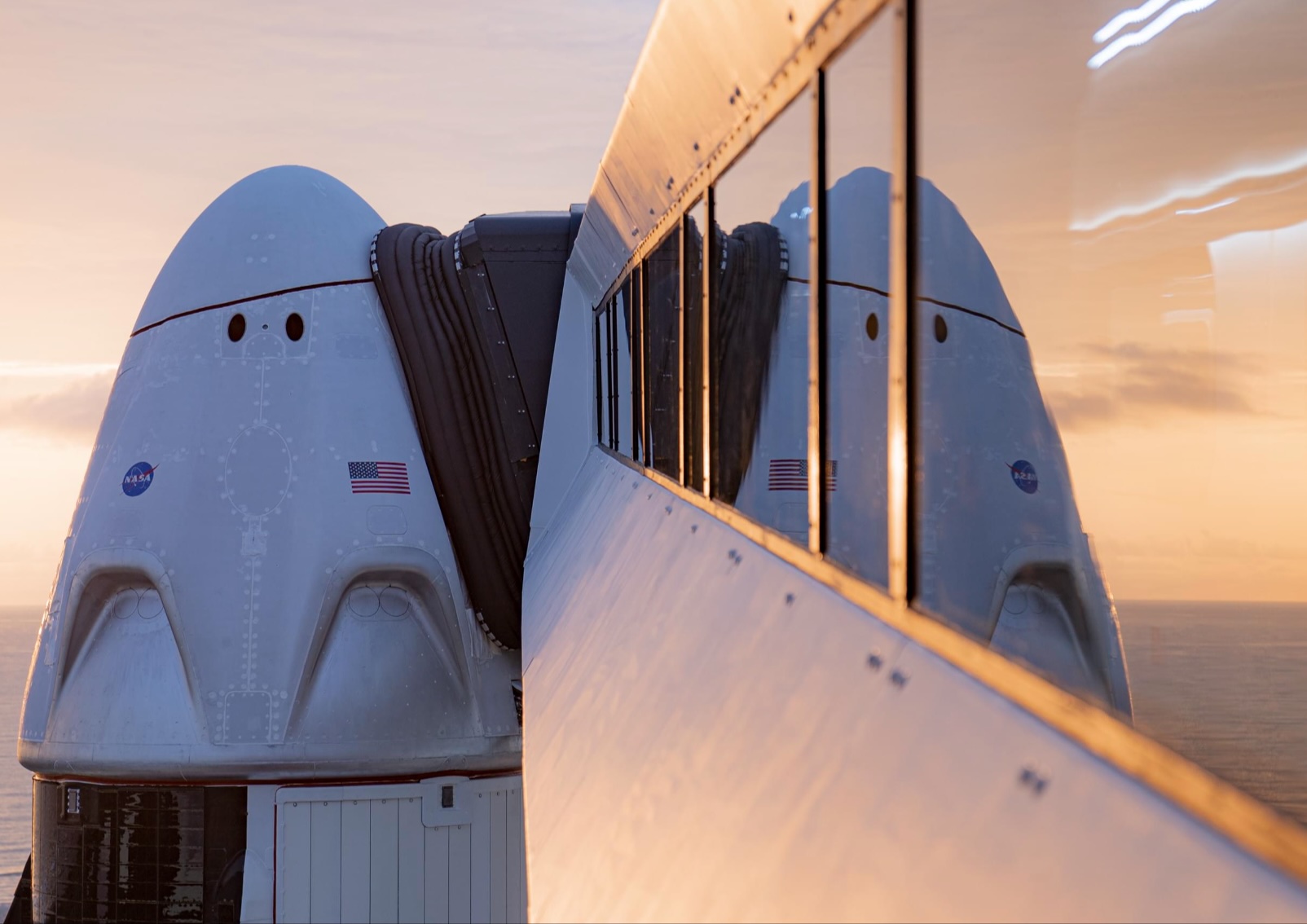
NASA and SpaceX are targeting July 31 for the launch of Crew-11, the next crewed mission to the International Space Station (ISS). The flight will lift off from Launch Complex 39A at Kennedy Space Center in Florida, using the Crew Dragon Endeavour and a Falcon 9 booster.
Crew Dragon Endeavour returns
Crew-11 will be the sixth flight for Endeavour, making it SpaceX’s most experienced crew vehicle to date. According to SpaceX’s director of Dragon mission management, Sarah Walker, Endeavour has already carried 18 astronauts representing eight countries since its first mission with NASA’s Bob Behnken and Doug Hurley in 2020, as noted in an MSN report.
“This Dragon spacecraft has successfully flown 18 crew members representing eight countries to space already, starting with (NASA astronauts) Bob (Behnken) and Doug (Hurley) in 2020, when it returned human spaceflight capabilities to the United States for the first time since the shuttle retired in July of 2011,” Walker said.
For this mission, Endeavour will debut SpaceX’s upgraded drogue 3.1 parachutes, designed to further enhance reentry safety. The parachutes are part of SpaceX’s ongoing improvements to its human-rated spacecraft, and Crew-11 will serve as their first operational test.
The Falcon 9 booster supporting this launch is core B1094, which has launched in two previous Starlink missions, as well as the private Ax-4 mission on June 25, as noted in a Space.com report.
The four-members of Crew-11 are NASA astronauts Zena Cardman and Mike Fincke, as well as Japan’s Kimiya Yui and Russia’s Oleg Platonov.
Tight launch timing
Crew-11 is slated to arrive at the ISS just as NASA coordinates a sequence of missions, including the departure of Crew-10 and the arrival of SpaceX’s CRS-33 mission. NASA’s Bill Spetch emphasized the need for careful planning amid limited launch resources, noting the importance of maintaining station altitude and resupply cadence.
“Providing multiple methods for us to maintain the station altitude is critically important as we continue to operate and get the most use out of our limited launch resources that we do have. We’re really looking forward to demonstrating that capability with (CRS-33) showing up after we get through the Crew-11 and Crew-10 handover,” Spetch stated.
Lifestyle
EV fans urge Tesla to acquire Unplugged Performance for edge in fleet and security industry
Unplugged Performance has built a name for itself by producing performance upgrades for Tesla vehicles.
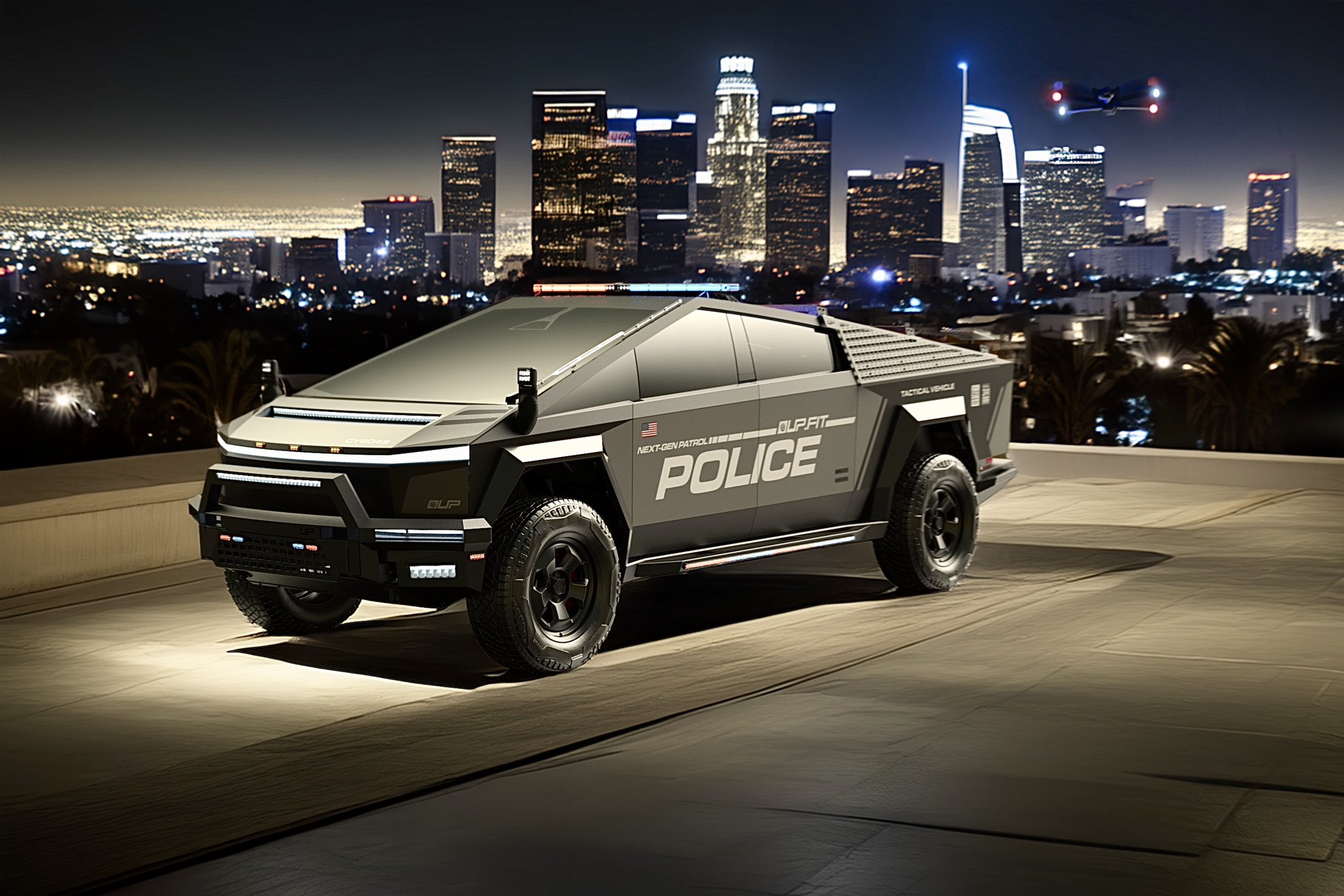
A growing number of Tesla enthusiasts and longtime community voices are calling on the electric vehicle maker to acquire Unplugged Performance, a California-based aftermarket company best known for tuning Tesla vehicles and developing specialized government fleet solutions under its UP.FIT division.
The idea was once considered a niche proposal among EV fans, but it is now gaining serious attention not just as a performance play but as a strategic move to deepen Tesla’s roots in the fleet and security industry.
A strategic fit
Unplugged Performance has built a name for itself by producing performance upgrades for Tesla vehicles, from track-optimized components to visual and aerodynamic upgrades. But in recent years, its UP.FIT division has pivoted toward a more functional future by outfitting Tesla vehicles like Model Ys for police, military, and government use.
That work has sparked growing calls for closer collaboration with Tesla, especially as the EV maker increasingly leans into autonomy, AI, and fleet services as core components of its next chapter.
“I posted this four years ago, but I think it’s more true now than ever,” wrote Whole Mars Catalog, a well-known Tesla investor and FSD Beta tester, on X. “Tesla should buy Unplugged. But not just as a Performance division. What they are doing with UP.FIT unlocks large government and commercial fleet purchases that can improve utilization.”
Tesla fans such as shareholder Sawyer Merritt echoed the sentiment, calling Unplugged a “great fit within Tesla.” adding, “They are literally located directly next to Tesla’s design studio in Hawthorne.”
Enabling the next wave
Supporters of the idea noted that integrating Unplugged into Tesla’s corporate structure could help accelerate the adoption of autonomous technologies in government sectors. With UP.FIT patrol cars already in use across some U.S. police departments, Tesla fans envisioned a future where self-driving Teslas could potentially revolutionize law enforcement, search-and-rescue, and public service logistics.
“Just imagine how autonomous patrol cars could transform policing and bring us into a safer future,” the veteran FSD tester wrote.
The benefits could also extend to Tesla’s existing consumer base. “They also have some incredible products in the works that I think will appeal to many ordinary Tesla drivers — not just those looking for performance or mods. Stuff that’s so good it should have come straight from the design studio next door,” Whole Mars Catalog noted.
Unplugged Performance, founded in 2013, shares not just a product vision with Tesla, but also geography. Its Hawthorne headquarters sits directly adjacent to Tesla’s design studio, and the two companies have maintained a close working relationship over the years. The aftermarket firm has long positioned itself as a “mission-aligned” partner to Tesla.
In response to the recent calls for acquisition, Unplugged Performance acknowledged the support from the community. “Our very existence is to support the Tesla mission with @UpfitTesla and @UnpluggedTesla,” Unplugged CEO Ben Schaffer posted on X. “We love working with Tesla and are grateful for the community’s support since 2013!”
News
Tesla debuts hands-free Grok AI with update 2025.26: What you need to know
All new Tesla vehicles delivered on or after July 12, 2025, will include Grok AI out of the box

Tesla has begun rolling out Grok, an in-car conversational AI assistant developed by xAI, to eligible vehicles starting July 12. The feature marks the most direct integration yet between Elon Musk’s artificial intelligence startup and Tesla’s consumer product lineup, offering drivers hands-free access to a chat-style companion while on the road.
Grok comes pre-installed on new vehicles
According to Tesla’s FAQ page for the feature, all new vehicles delivered on or after July 12, 2025, will include Grok AI out of the box. Owners of older vehicles may gain access through an over-the-air update, provided their vehicle meets a few hardware and software requirements.
Specifically, Grok is currently only supported on Tesla models equipped with an AMD infotainment processor and running vehicle software version 2025.26 and higher. Compatible models include the Model S, Model 3, Model X, Model Y, and Cybertruck. A Premium Connectivity subscription or active Wi-Fi connection is also required.
Tesla notes that additional vehicle compatibility may arrive in future software updates.
Grok’s features and limitations for now
Drivers can engage with Grok using the App Launcher or by pressing and holding the voice command button on the steering wheel. Grok is designed to answer questions and hold conversations using natural language, offering responses tailored to its chosen personality—ranging from “Storyteller” to the more eccentric “Unhinged.”
For fun, Tesla posted a demonstration of Grok likely running on “Unhinged” talking about what it would do to Optimus when they are on a date, much to the shock of the humanoid robot’s official social media account.
It should be noted, however, that Grok cannot currently issue commands to the vehicle itself, at least for now. Traditional voice commands for tasks like climate control, navigation, or media remain separate from Grok as of writing.
The feature is being released in Beta and does not require a Grok account or xAI subscription to activate, although that policy may change over time.
Grok privacy and in-car experience
Tesla emphasizes that interactions with Grok are securely processed by xAI and not linked to a user’s Tesla account or vehicle. Conversations remain anonymous unless a user signs into Grok separately to sync their history across devices.
Tesla has also begun promoting Grok directly on its official vehicle webpages, showcasing the feature as part of its in-car experience, further highlighting the company’s increasing focus on AI and infotainment features on its all-electric vehicles.
-

 Elon Musk2 weeks ago
Elon Musk2 weeks agoTesla investors will be shocked by Jim Cramer’s latest assessment
-

 Elon Musk3 days ago
Elon Musk3 days agoxAI launches Grok 4 with new $300/month SuperGrok Heavy subscription
-

 Elon Musk5 days ago
Elon Musk5 days agoElon Musk confirms Grok 4 launch on July 9 with livestream event
-

 News1 week ago
News1 week agoTesla Model 3 ranks as the safest new car in Europe for 2025, per Euro NCAP tests
-

 Elon Musk1 week ago
Elon Musk1 week agoxAI’s Memphis data center receives air permit despite community criticism
-

 News2 weeks ago
News2 weeks agoXiaomi CEO congratulates Tesla on first FSD delivery: “We have to continue learning!”
-

 News2 weeks ago
News2 weeks agoTesla sees explosive sales growth in UK, Spain, and Netherlands in June
-

 Elon Musk2 weeks ago
Elon Musk2 weeks agoTesla scrambles after Musk sidekick exit, CEO takes over sales
















